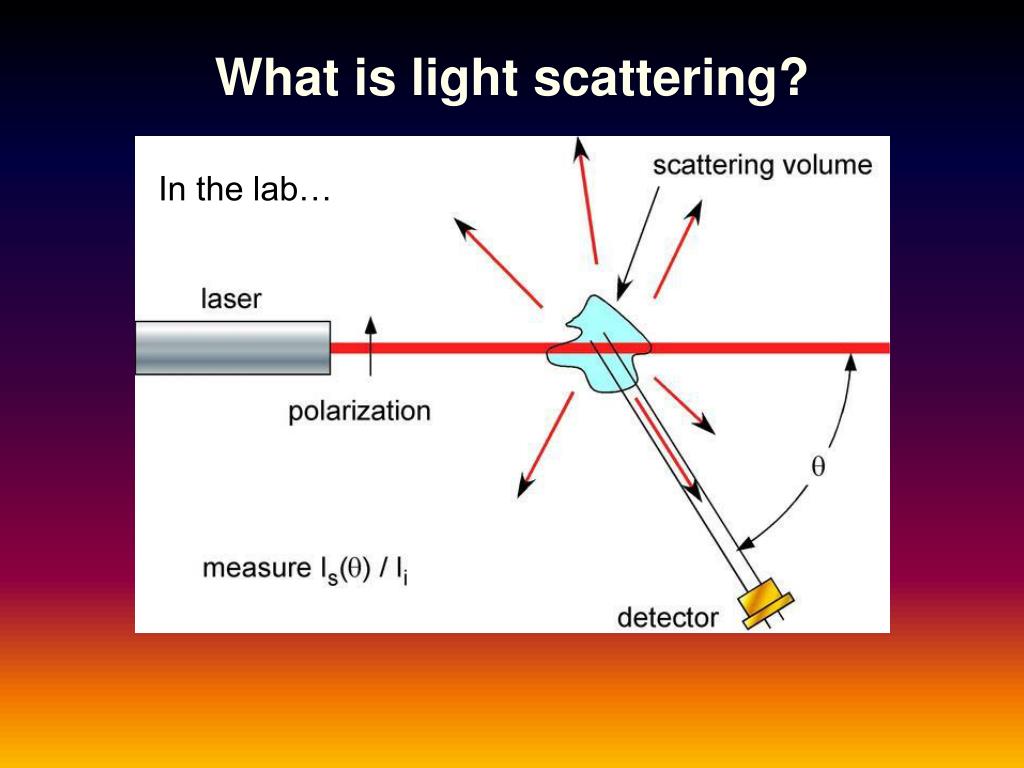

In general, the technique is best used for submicron particles and can be used to measure particle with sizes less than a nanometer. Examples include determining nanogold size, protein size, latex size, and colloid size. What is dynamic light scattering used for?ĭLS is most commonly used to analyze nanoparticles. Currently, laser diffraction PSAs that use static light scattering to measure the size distribution of particles from hundreds of nanometres to several millimetres are the most widely used. D90: The portion of particles with diameters below this value is 90%. The monochromatic incident light will undergo a phenomenon called Doppler broadening as the macromolecules are in continuous motion in solution (Harding and Jumel. angle.ĭ10: The portion of particles with diameters smaller than this value is 10% D50: The portions of particles with diameters smaller and larger than this value are 50%. In a dynamic light-scattering instrument, when laser light encounters macromolecules the incident light scatters in all directions and scattering intensity is recorded by a detector. The signal from the detectors is really a pattern of scattered/diffracted light vs. Laser Diffraction consists of scattering laser light off an assembly of particles and collecting the scattered light using a spacial array of detectors. 'Representation of Results of Particle Size Analysis Part 2: Calculation of Average Particle Sizes/Diameters and Moments from Particle Size Distributions.
#LASER DIFFRACTION VS DYNAMIC LIGHT SCATTERING HOW TO#
Laser Diffraction is, by definition, an ensemble technique. Particle analyzers with dynamic light scattering are mostly used to examine particles in solution (size range: 1 nm to 6 um). Laser diffraction Dynamic light scattering How to choose an instrument for particle analysis Influence of particles on suspension rheology References 1 I. has a constant strain difference compared to the surrounding light area. There are two main classes of diffraction, which are known as Fraunhofer diffraction and Fresnel diffraction. AppNote: Combined Use of Dynamic Light Scattering, Laser Diffraction, Imaging and Zeta Potential for Characterization of Nanoparticles with Special Emphasis. Key manufacturers engaged in the Laser Diffraction and Dynamic Light Scattering Particle Size Analyzers industry include Malvern Panalytical, OTSUKA Electronics. Akin to laser diffraction on a pinhole, a coherent X-ray beam scattered off a. What is laser light scattering technique?ĭuring laser light scattering (also known as laser diffraction, laser diffractometry, Fraunhofer diffraction or Mie scattering), a laser beam passes through a dispersed particulate sample, large particles scatter light at small angles relative to the laser beam and small particles scatter light at large angles.


 0 kommentar(er)
0 kommentar(er)
